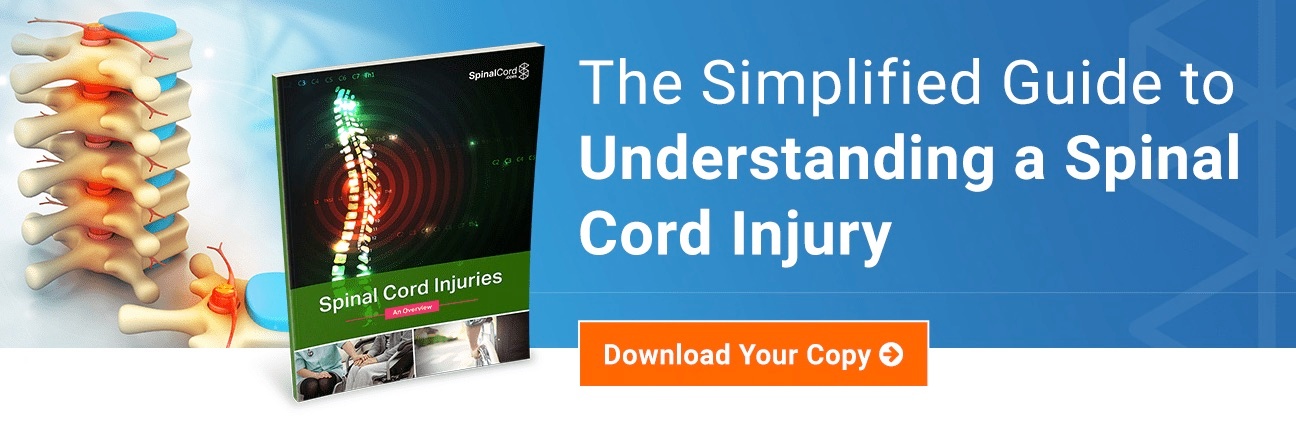Is a Deep Tissue Massage Good for Spinal Injury Patients?
For spinal cord injury (SCI) patients living with pain, discomfort, and muscle spasms or atrophy, it is understandable that they would want to find relief wherever possible. For some, their relief comes in the form of pain medication; others may turn to spinal cord injury massage techniques to help ease their pain.
Finding an effective and non-addictive solution to pain relief is an essential component of spinal cord injury rehabilitation for spinal cord injury patients and their families. But, what are the advantages or disadvantages of deep tissue massage for SCI survivors as they relate to their spinal cord injury recovery?
Benefits of Massages for Spinal Cord Injury Patients
In general, spinal cord massage has been shown to have physical and mental health benefits for spinal cord injury patients. However, there are different types of massages that can be performed on a person. The mechanics of a classic massage include kneading, rubbing, stroking, and percussion on specific muscle groups. This conventional relaxation massage is commonly known as a “Swedish” massage.
Some of the benefits of spinal cord massage for spinal cord injury recovery include:
- Improved circulation,
- Muscle flexibility and range of motion,
- Muscle function and tone, and
- Pain relief,
- Relaxation, and
- Stress relief.
While it’s true that there are many advantages of spinal cord massage, there also are some potential risks that massages pose for spinal cord injury patients and others with certain health conditions.
Relaxation vs. Deep Tissue Spinal Cord Massages
When considering what type of spinal cord injury massage you want, it’s important to understand the difference between them. The main difference between a relaxation massage (such as a Swedish massage) and a deep tissue massage boils down to the amount of pressure or force that is used on your body. Deep tissue massages focus on affecting the deepest layers of muscle tissue and the fascia surrounding it. As such, deep tissue massage can aggravate existing conditions rather than alleviate them.
Dangers of Deep Tissue & Other Non-Relaxation Massage Techniques
For spinal cord injury patients who wish to engage in massage therapy, it’s vital to choose types of spinal cord massage that will not add further inflammation to the spinal cord or the areas surrounding it.
Some of the potential side effects of massage therapy can include everything from minor contusions (bruising) and nerve lesions to more serious symptoms, including:
- Rhabdomyolysis (muscle crush),
- Severe headaches,
- Myopathy,
- Cervical spinal cord injury,
- Cervical internal carotid and vertebral dissection, and
- Acute paraplegia.
In a review of massage therapy cases that resulted in injury, researchers in a review published in Rheumatology concluded that massage is not entirely free of risks. According to the article, “Serious adverse effects were associated mostly with massage techniques other than ‘Swedish’ massage.” However, the researchers add, serious injuries “are probably true rarities.”
Speak with Your Doctor Before Getting Any Type of Massage
The main takeaway for this article is that while Swedish massage can be beneficial for spinal cord injury recovery in many ways, spinal cord injury survivors should be more cautious concerning deep tissue massage. It is essential for any spinal cord injury patient who wishes to incorporate this type of massage into their rehabilitation regimen to first speak with their doctor to determine whether it is a viable spinal cord injury treatment option.
To learn more about spinal cord injuries, check out our complimentary resource by clicking on the image below. Or, if you have any questions, be sure to contact us today.
Stay Updated on Advancements On Traumatic Brain &
Spinal Cord Injuries
About the Author





